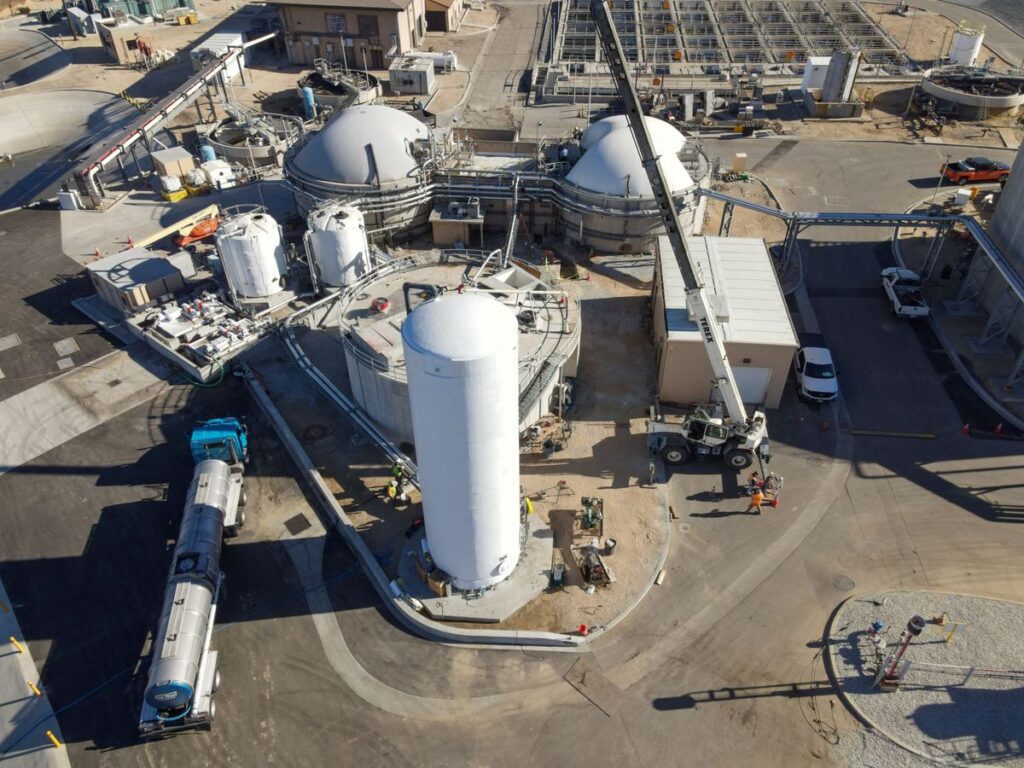Moving from Net-Zero to Carbon-Negative: A Path for Clean Water Agencies Towards a Sustainable Future
Clean water agencies play a pivotal role in safeguarding public health and protecting the environment, but they also have the potential to be leaders in sustainability and climate action. Transitioning from a net-zero to a carbon-negative stance can propel these agencies towards a more sustainable future while contributing to broader climate mitigation efforts. Here’s how clean water agencies can make this transition:
1. Renewable Energy Integration:
Clean water agencies can invest in renewable energy sources such as solar, wind, and hydroelectric power to offset their energy consumption. By generating clean electricity on-site or purchasing renewable energy credits, agencies can reduce their carbon footprint and move towards carbon neutrality.
2. Energy Efficiency Measures:
Implementing energy-efficient technologies and practices can further reduce energy consumption and greenhouse gas emissions. Upgrading equipment, optimizing processes, and implementing energy management systems can yield significant energy savings and contribute to carbon-negative operations.
3. Biogas Recovery and Utilization:
Anaerobic digestion of organic waste at wastewater treatment plants produces biogas, a renewable energy source primarily composed of methane. Clean water agencies can capture and utilize biogas for electricity generation, heating, or vehicle fuel, thereby offsetting fossil fuel consumption and reducing emissions.
4. Carbon Sequestration Initiatives:
Beyond reducing emissions, clean water agencies can actively remove carbon dioxide from the atmosphere through carbon sequestration initiatives. Planting trees, restoring wetlands, and implementing agricultural practices that enhance soil carbon storage are effective strategies for sequestering carbon and creating carbon-negative ecosystems.
5. Innovative Treatment Technologies:
Investing in innovative treatment technologies such as membrane bioreactors, advanced oxidation processes, and nutrient recovery systems can improve treatment efficiency and reduce energy consumption, ultimately lowering overall carbon emissions.
6. Carbon Offsetting and Carbon Credits:
Clean water agencies can offset their remaining carbon emissions by investing in carbon offset projects, such as reforestation projects or renewable energy installations, or by purchasing carbon credits from verified sources. These actions help finance additional emission reduction activities and support broader climate mitigation efforts.
7. Community Engagement and Education:
Engaging with the community and raising awareness about the importance of carbon neutrality and sustainability can foster support for clean water agency initiatives. Educational programs, public outreach campaigns, and partnerships with local stakeholders can promote behavioral change and collective action towards a carbon-negative future.
8. Collaboration and Knowledge Sharing:
Collaborating with other clean water agencies, industry partners, research institutions, and government agencies can facilitate knowledge sharing and accelerate the adoption of carbon-negative practices. By sharing best practices, lessons learned, and innovative solutions, agencies can collectively advance towards a more sustainable and resilient future.



